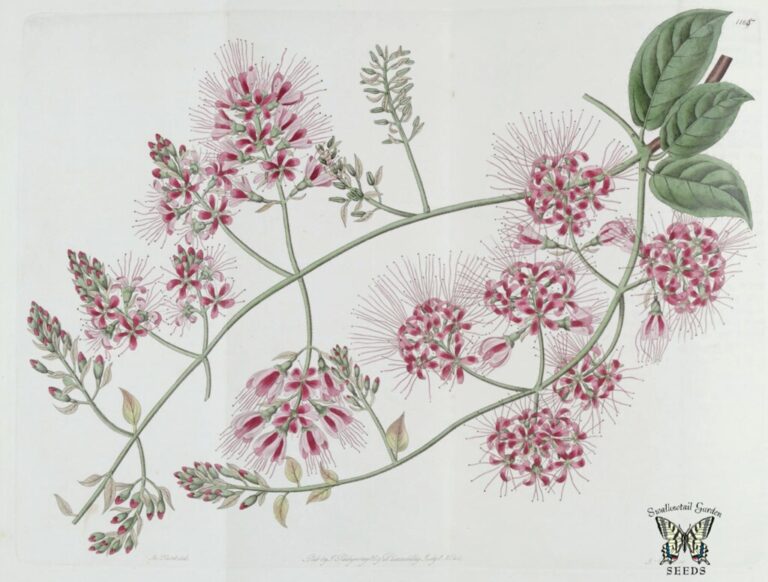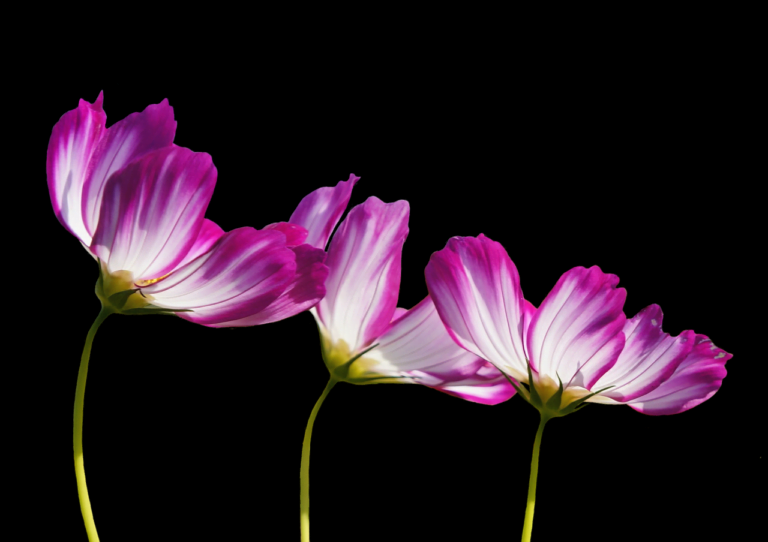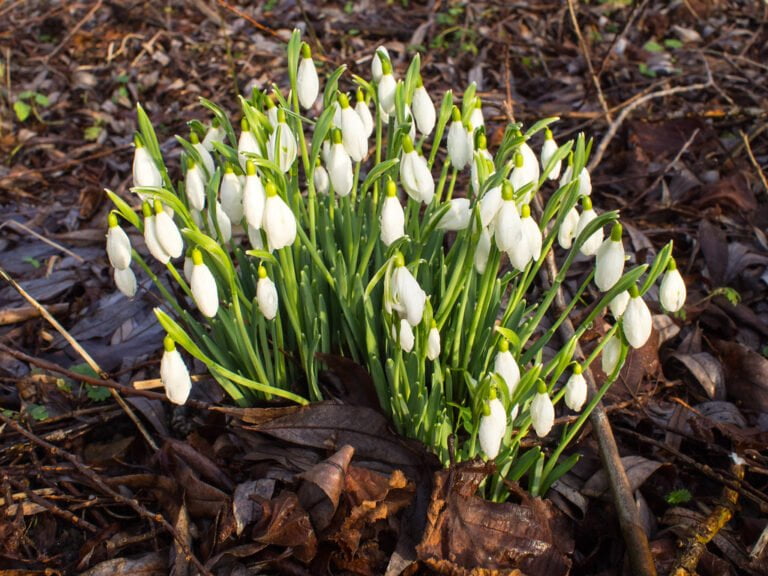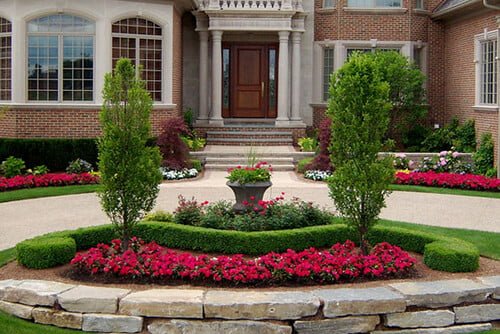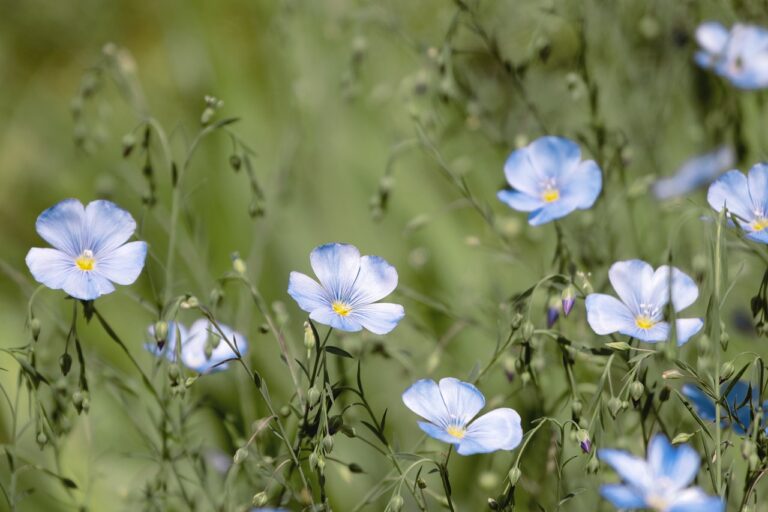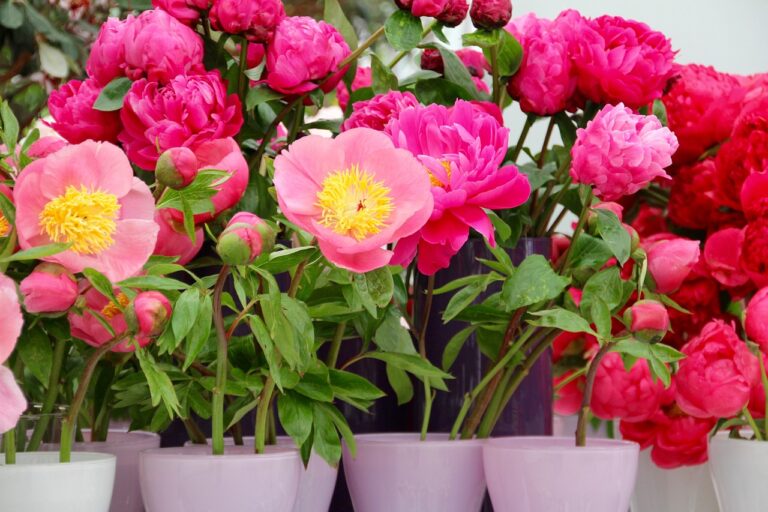Understanding the Causes and Solutions for Yellow Geranium Leaves
Are your geranium leaves turning yellow? Don't worry, we've got you covered. In this article, we'll help you understand the causes behind yellowing leaves and provide practical solutions to bring your geraniums back to health. From nutritional deficiencies and overwatering to pests and environmental stressors, we'll tackle it all. With our expert tips and advice, you'll learn how to prevent and treat yellowing leaves, ensuring your geraniums thrive and flourish. Let's get started!
Common Causes for Yellow Geranium Leaves
One of the most common causes for yellow geranium leaves is due to overwatering. When you water your geraniums excessively, their roots become waterlogged and cannot absorb oxygen properly. This leads to root rot, which manifests as yellowing leaves. To avoid this issue, make sure to water your geraniums only when the top inch of soil feels dry to the touch. Additionally, ensure that the pot or container has proper drainage to prevent water from stagnating around the roots. If you notice yellowing leaves, it's important to adjust your watering schedule and allow the soil to dry out between waterings. By being mindful of your watering habits, you can help your geraniums thrive and maintain healthy, vibrant leaves.
Nutritional Deficiencies in Geranium Plants
To ensure healthy, vibrant leaves in your geranium plants, it is important to address nutritional deficiencies that may be causing yellowing. Nutritional deficiencies can occur when your plants lack essential nutrients such as nitrogen, phosphorus, potassium, iron, or magnesium. These deficiencies can result in stunted growth, weak stems, and yellow leaves. To remedy this, you can use fertilizers specifically formulated for geraniums. Look for fertilizers with a balanced N-P-K ratio and micronutrients like iron and magnesium. Apply the fertilizer according to the package instructions, usually every two to four weeks during the growing season. Additionally, ensure that your geraniums are receiving adequate sunlight and water. Regularly check the pH level of the soil and adjust if necessary. By addressing nutritional deficiencies, you can help your geraniums thrive and maintain their beautiful green foliage.
Overwatering and Poor Drainage Issues
If you consistently overwater your geranium plants, you may be contributing to poor drainage issues that can lead to yellowing leaves. Overwatering is a common mistake that many gardeners make, as they believe that plants need a lot of water to thrive. However, geraniums prefer well-draining soil that allows excess water to escape. When the soil remains waterlogged for extended periods, the roots can become suffocated, leading to root rot and nutrient deficiencies. As a result, the leaves turn yellow and the overall health of the plant deteriorates. To solve this problem, make sure to water your geraniums only when the top inch of soil feels dry to the touch. Additionally, consider repotting your geraniums into a container with drainage holes or amending the soil with perlite or sand to improve drainage. By providing your geraniums with proper care and avoiding overwatering, you can prevent poor drainage issues and enjoy healthy, vibrant plants.
Pests and Diseases Affecting Geranium Leaves
When pests or diseases affect your geranium leaves, it is important to take immediate action. Pests like aphids, spider mites, and whiteflies can cause significant damage if left unchecked. These tiny insects feed on the sap of the leaves, leading to yellowing, distortion, and even death of the plant. To combat pests, regularly inspect your geraniums for any signs of infestation and use an appropriate insecticidal soap or oil to control the problem. Additionally, diseases like powdery mildew and bacterial leaf spot can also affect geranium leaves. These diseases can cause yellow spots, discoloration, and wilting. To prevent disease, ensure proper air circulation around your plants and avoid over-watering. If disease is present, remove and destroy affected leaves and treat with a suitable fungicide. By staying vigilant and taking prompt action, you can protect your geranium leaves and keep your plants healthy and vibrant.
Environmental Stressors and Yellowing Leaves
When pests or diseases affect your geranium leaves, it's crucial to take immediate action. Don't overlook the impact of environmental stressors, as they can also lead to yellowing leaves and compromise the health of your plants. Environmental stressors include factors like extreme temperatures, insufficient or excessive sunlight, improper watering, and poor soil conditions. High temperatures can cause leaf scorching, while too little or too much sunlight can disrupt the photosynthesis process. Improper watering, either over or under, can result in root stress and nutrient imbalances. Poor soil conditions, such as compacted or nutrient-deficient soil, can hinder the plant's ability to absorb necessary nutrients. To prevent yellowing leaves due to environmental stressors, make sure to provide your geraniums with optimal growing conditions, including proper temperature control, adequate sunlight, regular watering, and nutrient-rich soil.
Improper Light and Temperature Conditions
To prevent yellowing leaves in your geraniums, ensure that you provide them with proper light and temperature conditions. Geraniums thrive in bright sunlight, so place them in a location that receives at least six hours of direct sunlight each day. If your geraniums are indoors, choose a sunny spot near a window. Avoid exposing them to intense afternoon sunlight, as it may scorch the leaves. Additionally, maintain a consistent temperature between 60-75 degrees Fahrenheit during the day and slightly cooler at night. Fluctuations in temperature can stress the plants, leading to yellowing leaves. Remember to protect your geraniums from drafts and sudden temperature changes. By providing optimal light and temperature conditions, you can ensure healthy, vibrant geraniums with lush green leaves.
Chemical Imbalances and Fertilizer Mistakes
If you notice yellowing leaves on your geraniums, a possible cause could be chemical imbalances and mistakes with fertilizer application. Chemical imbalances occur when the nutrients in the soil are not balanced, leading to deficiencies or excesses that can affect the health of your plants. Over-fertilization or incorrect fertilizer application can also cause yellowing leaves. To prevent chemical imbalances, it is important to test your soil regularly and amend it accordingly. Use a balanced fertilizer and follow the instructions on the label for proper application. Avoid over-fertilization, as this can lead to nutrient burn and damage to the roots. Remember to water your geraniums thoroughly after fertilizing to prevent the accumulation of salts in the soil. By being mindful of chemical imbalances and fertilizer mistakes, you can help your geraniums thrive and enjoy healthy, vibrant leaves.
Root Rot and Its Impact on Geranium Leaves
Root rot can significantly affect the health of geranium leaves. When the roots become waterlogged or are exposed to excessive moisture, it creates an environment that is conducive to fungal growth. This can lead to root rot, causing the roots to decay and become unable to absorb nutrients properly. As a result, the leaves may turn yellow and wilt. To prevent root rot, ensure that your geraniums are planted in well-draining soil and avoid overwatering. If you suspect root rot, carefully remove the affected plant from its pot and examine the roots. Trim away any rotting roots and replant in fresh soil. Additionally, adjust your watering schedule to ensure the plant gets adequate moisture without becoming waterlogged. Taking these steps will help maintain the health of your geranium leaves and prevent root rot.
Pruning and Maintenance Tips for Healthy Leaves
Are you wondering how to maintain healthy leaves on your geranium plants? Pruning and proper maintenance are key to ensuring vibrant and lush leaves. Regularly inspect your geraniums for any signs of yellowing or damaged foliage. If you notice any, promptly remove them by pruning the affected leaves or stems. This will not only improve the overall appearance of the plant but also prevent the spread of diseases. When pruning, make sure to use clean and sharp gardening shears to avoid causing unnecessary stress or damage to the plant. Additionally, regular deadheading, which involves removing faded or spent flowers, will encourage new growth and ensure that nutrients are directed towards healthy leaf production. Remember to also provide your geraniums with adequate sunlight, water, and fertilizer to promote optimal leaf health.
Effective Solutions to Prevent Yellowing Leaves
To prevent yellowing leaves on your geranium plants, implement effective solutions. First, ensure that your plants are receiving the right amount of water. Overwatering can lead to root rot, causing the leaves to turn yellow. Water your geraniums when the top inch of soil feels dry, and make sure the water drains properly. Second, provide adequate sunlight. Geraniums need at least six hours of direct sunlight each day to thrive. If your plants are not getting enough light, consider moving them to a sunnier spot. Lastly, feed your geraniums with a balanced fertilizer every four to six weeks during the growing season. This will ensure they receive the necessary nutrients to maintain healthy green leaves. By following these simple solutions, you can prevent yellowing leaves and enjoy vibrant, thriving geranium plants.
Conclusion
To keep your geranium plants healthy and prevent yellowing leaves, it's essential to address common causes such as nutritional deficiencies, overwatering, pests, diseases, environmental stressors, and chemical imbalances. Maintaining proper drainage, providing adequate nutrition, and implementing effective pruning and maintenance practices can help ensure vibrant and green leaves. By being proactive and taking the necessary steps, you can enjoy thriving geraniums in your garden or indoor space.

